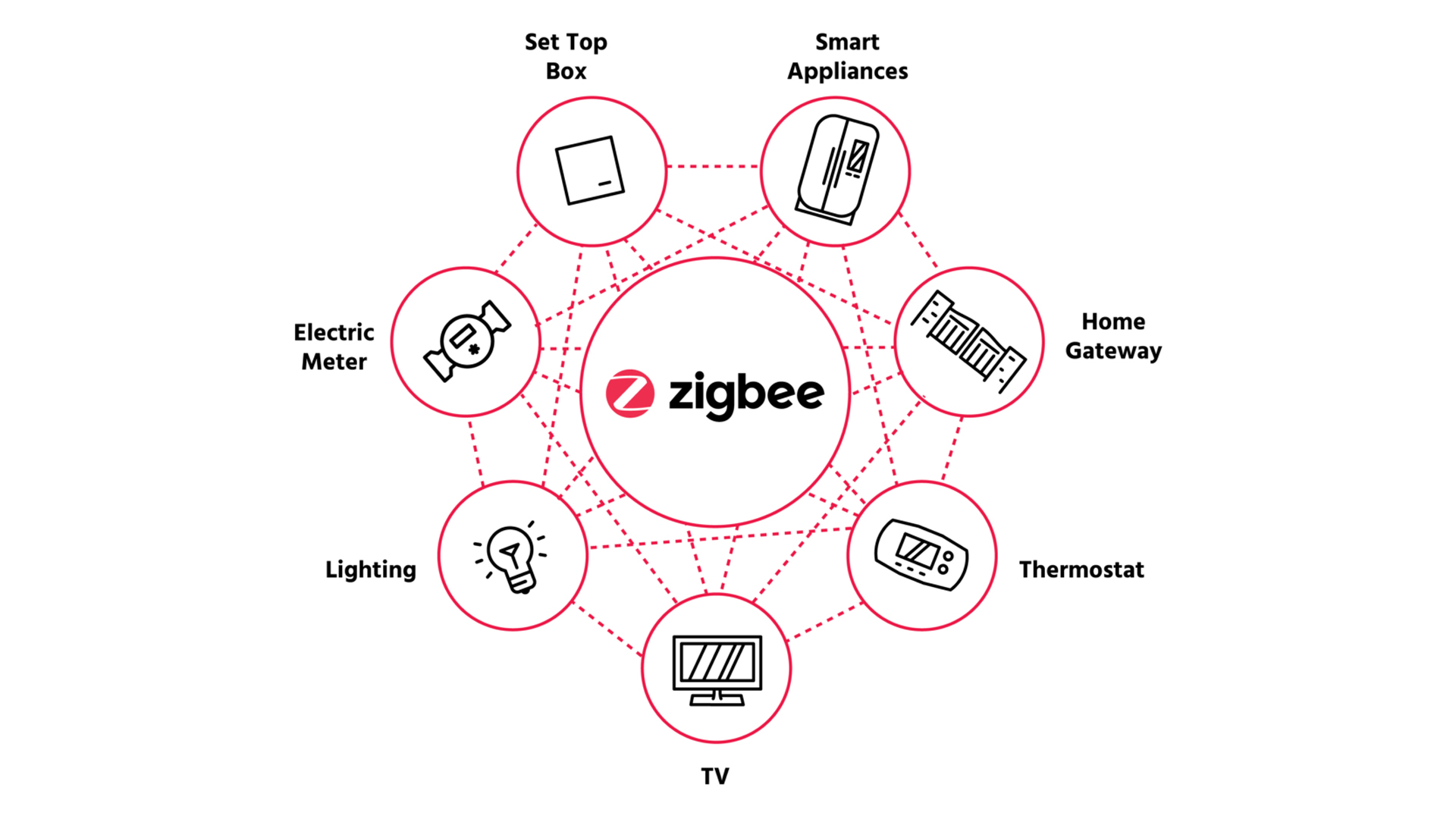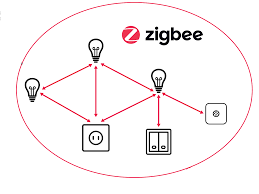Zigbee is a wireless communication protocol that is widely used in the Internet of Things (IoT). It offers several advantages such as low power consumption, low cost, and easy deployment. However, like any technology, it has its limitations. This article explores the disadvantages of Zigbee and discusses its impact on IoT applications.

Zigbee operates in the 2.4 GHz frequency band, which limits its range compared to other wireless protocols such as Wi-Fi. The typical range of Zigbee is around 10-100 meters in open spaces, and it decreases when there are obstacles like walls or interference from other devices. This limited range can be a challenge in large-scale IoT deployments that require wide coverage.
Another disadvantage of Zigbee is its low data rate. It offers data transfer speeds of up to 250 Kbps, which is sufficient for many IoT applications but may not be suitable for high-bandwidth applications like video streaming or large file transfers. This limitation restricts the types of applications that can be supported using Zigbee.
Interoperability is a significant concern in IoT deployments, as various devices from different manufacturers need to communicate seamlessly. While Zigbee is a standard protocol, there are multiple versions and profiles available, leading to potential interoperability challenges. Ensuring compatibility between Zigbee products from different vendors can be complex and time-consuming.

Zigbee supports a mesh network topology, enabling devices to route data through multiple hops. While this allows for increased network coverage and reliability, it also leads to scalability concerns. As the network size grows, the routing tables become more extensive, resulting in increased overhead and reduced network performance. Managing large-scale Zigbee networks requires careful planning and optimization.
Security is a crucial aspect of any IoT deployment, and Zigbee has faced some security vulnerabilities in the past. Older versions of the protocol had weaknesses in encryption algorithms and inadequate authentication mechanisms, making them susceptible to attacks. While newer versions of Zigbee have improved security features, it is essential for users to implement strong security practices to protect their IoT devices.
Zigbee is a popular wireless communication protocol that offers several advantages for IoT applications. However, it also has limitations such as limited range, low data rate, interoperability challenges, network scalability concerns, and security vulnerabilities. Despite these disadvantages, Zigbee continues to be widely adopted in various IoT domains, and with continuous advancements in technology, efforts are being made to overcome these limitations.
 Trolink Joint With Tuya to Make Iot Benefit Every Family
Trolink Joint With Tuya to Make Iot Benefit Every Family
 5 Key Indicators for WiFi Module Selection You Have to Know !
5 Key Indicators for WiFi Module Selection You Have to Know !
 IOT module is the brain of smart products
IOT module is the brain of smart products
 What is the signal coverage range of the WiFi module chip?
What is the signal coverage range of the WiFi module chip?